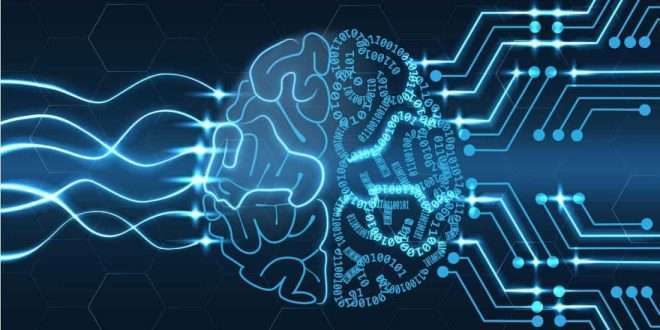As technology continues to advance, we find ourselves at the crossroads of content creation. The rise of AI-generated content has brought with it a host of opportunities and challenges. On one hand, it offers efficiency and scalability, while on the other, it raises concerns about the lack of human touch and authenticity. In this blog, we delve into the intricacies of content creation, exploring the potential pitfalls of solely relying on AI-generated content and advocating for a balanced approach that incorporates the human touch.
The Rise of AI-Generated Content
In recent years, AI-powered tools and natural language processing algorithms have made significant strides in generating content that is coherent and contextually relevant. The ability to automate content creation has revolutionized the way businesses communicate with their audiences. From product descriptions to news articles, AI-generated content has found applications across various industries.
However, while AI-generated content can be a game-changer in terms of speed and volume, it is not without its limitations. AI lacks emotional intelligence and creativity, which are vital elements of compelling storytelling that resonate with human audiences.
The Pitfalls of Solely Relying on AI
Impersonal and Generic Content
AI-generated content often lacks the personal touch that human writers bring to their work. The language may be correct, but it can come across as mechanical and detached. Readers may feel disconnected from the content, leading to reduced engagement and brand loyalty.
Inaccuracies and Misinterpretations
AI models rely on patterns in existing data to generate content, and this can lead to inaccuracies when dealing with complex or nuanced subjects. A machine may not grasp the subtle context of certain topics, resulting in misleading or irrelevant information.
Lack of Creativity and Originality
Creativity is a hallmark of exceptional content. While AI can replicate existing content styles, it struggles to create truly innovative and original pieces. Unique storytelling and fresh perspectives are often best achieved through human ingenuity.
Striking the Perfect Balance
The key to effective content creation lies in striking the right balance between AI-generated content and the human touch. By leveraging the strengths of both, businesses can achieve remarkable results that engage and convert audiences.
Identify Content Types Ideal for AI Automation
Certain types of content, such as data-driven reports, product descriptions, and basic news updates, lend themselves well to AI automation. By automating these repetitive and straightforward tasks, human writers can focus on creating more in-depth and emotionally resonant content.
Injecting Human Creativity and Emotion
When it comes to storytelling, human writers have a unique advantage. They can infuse emotion, humor, and empathy into their writing, forging stronger connections with readers. By using AI-generated content as a foundation and then adding a human touch, brands can create content that captures attention and elicits a response.
Quality Control and Editing
To maintain the highest standard of content, a robust quality control process is essential. Human editors play a crucial role in reviewing AI-generated content, ensuring accuracy, relevance, and appropriateness. Additionally, editors can refine the content to match the brand’s tone and voice, enhancing consistency and authenticity.
Data-Driven Insights for Content Strategy
AI can analyze vast amounts of data to uncover valuable insights into content performance. By tracking metrics and user behavior, businesses can refine their content strategy and better understand their audience’s preferences. These data-driven insights empower human writers to craft content that aligns with audience interests and drives desired outcomes.
Commonly Asked Questions
Q1. Can AI completely replace human content creators?
While AI has made significant advancements in content generation, it cannot fully replace human creativity, emotion, and intuition. Human content creators bring a unique perspective and the ability to create original, relatable, and emotionally resonant content that AI cannot replicate.
Q2. How can businesses ensure the quality of AI-generated content?
Businesses can ensure the quality of AI-generated content by implementing a rigorous editing and review process. Human editors can fine-tune the content, adding the human touch and ensuring accuracy and relevance.
Q3. What are the risks of solely relying on AI-generated content?
Solely relying on AI-generated content can lead to impersonal, inaccurate, and generic content. It may not connect with audiences on an emotional level, reducing engagement and brand loyalty.
Q4. What content types are best suited for AI automation?
AI automation works best for content types that are data-driven and require minimal creativity, such as product descriptions, news updates, and financial reports.
Q5. How can businesses achieve a balanced content creation approach?
Businesses can achieve a balanced content creation approach by leveraging AI for repetitive and data-driven tasks, while human writers add creativity, emotion, and authenticity to the content.
Final Words
Striking the perfect balance between AI-generated content and the human touch is the key to content creation success. By harnessing the power of AI for efficiency and scale and then infusing it with human creativity and emotion, businesses can create content that captivates audiences and fosters meaningful connections. Embracing the synergy between AI and human content creators enables brands to excel in the ever-evolving world of content marketing.
 webfily
webfily


